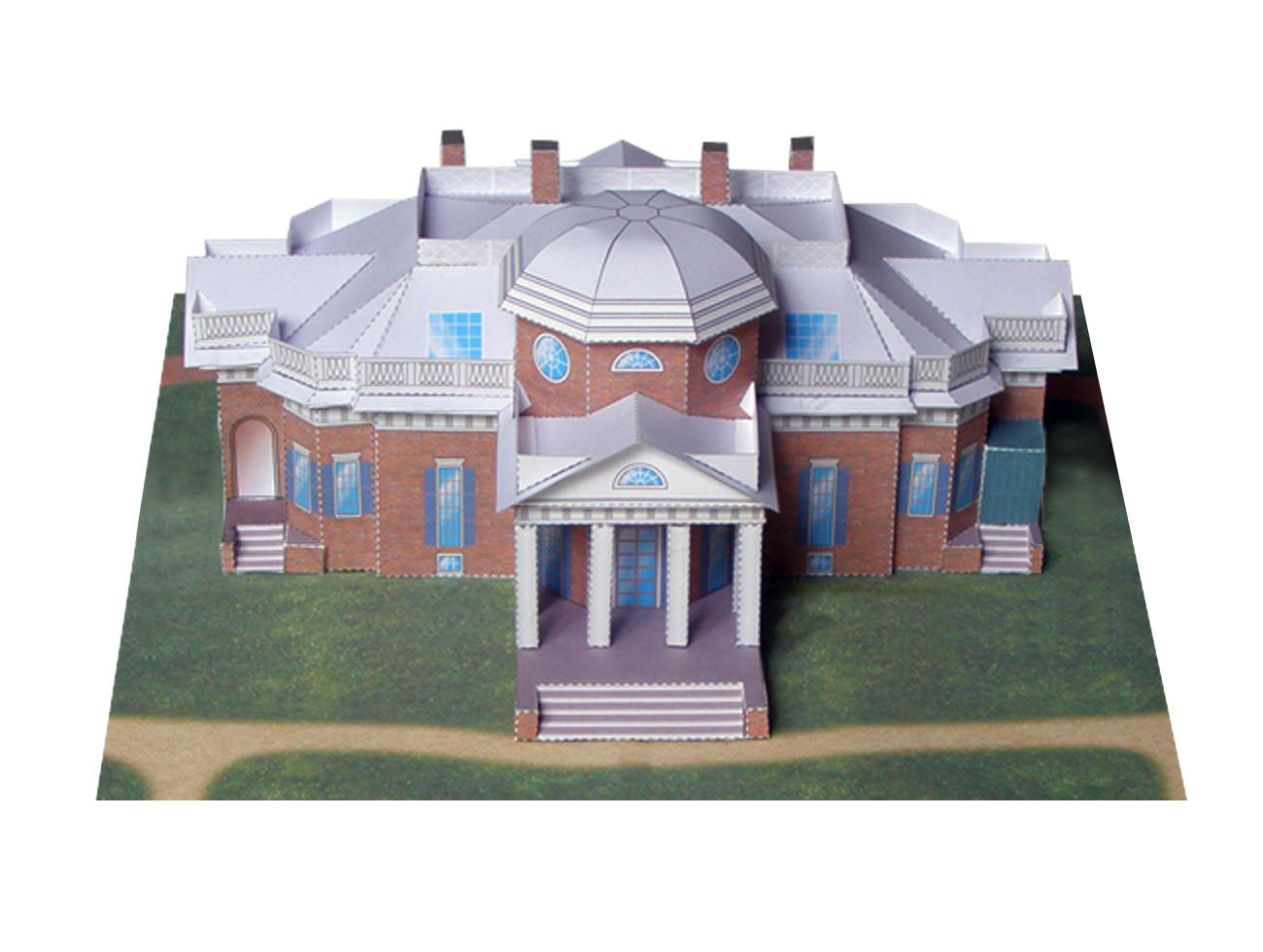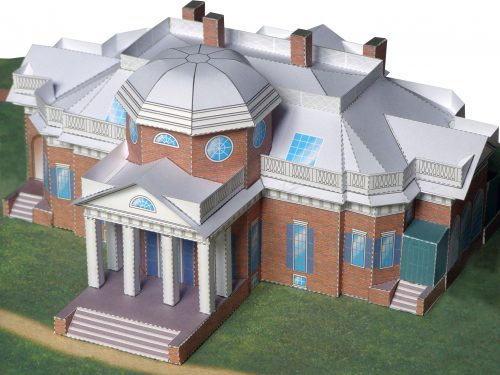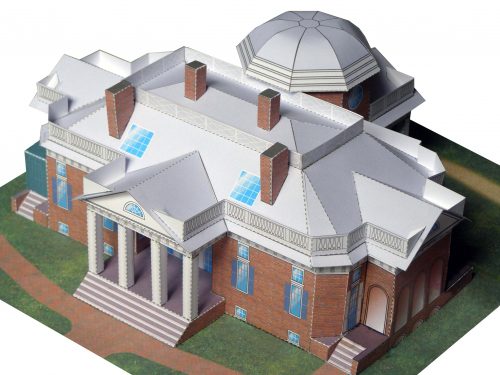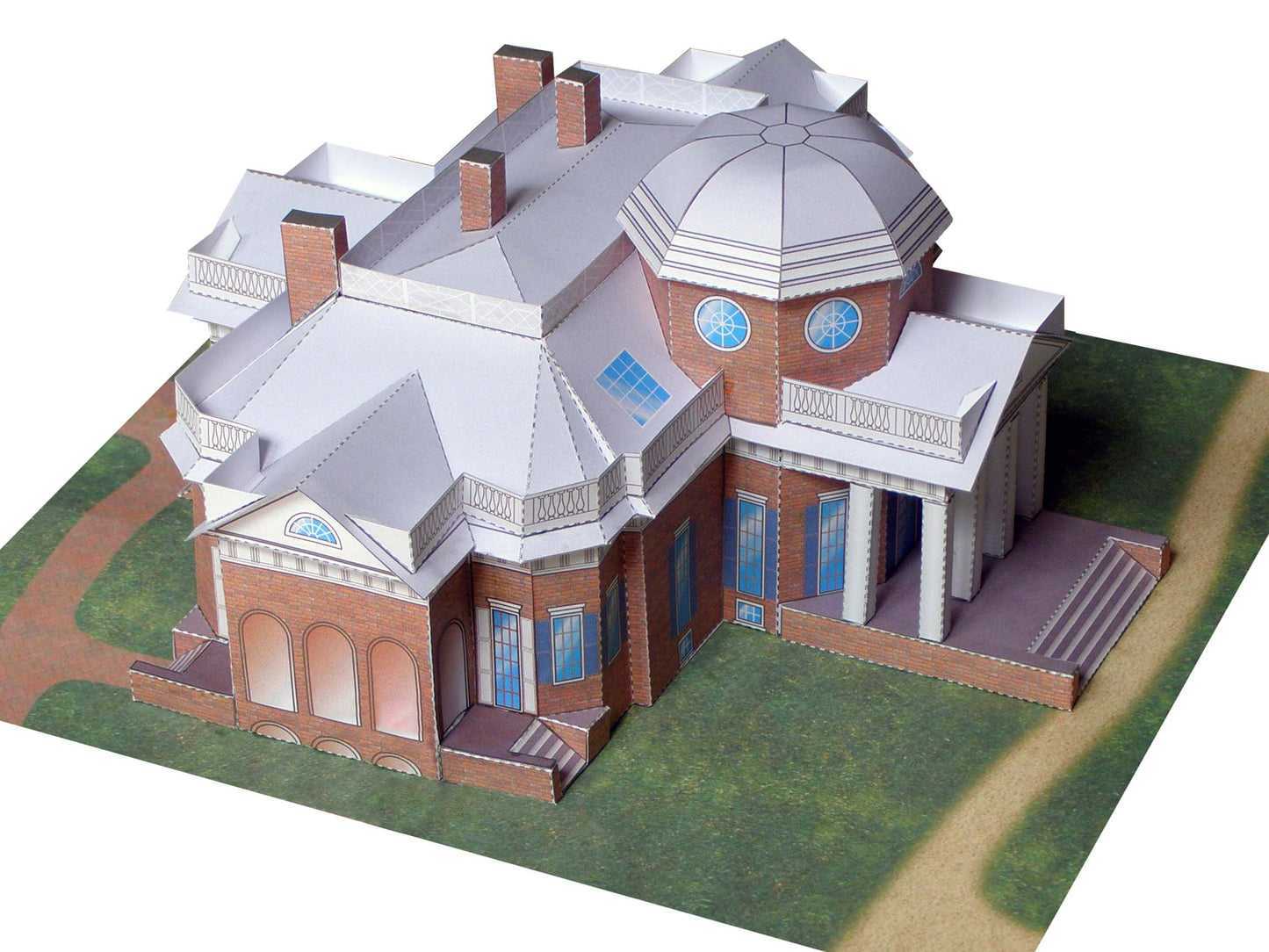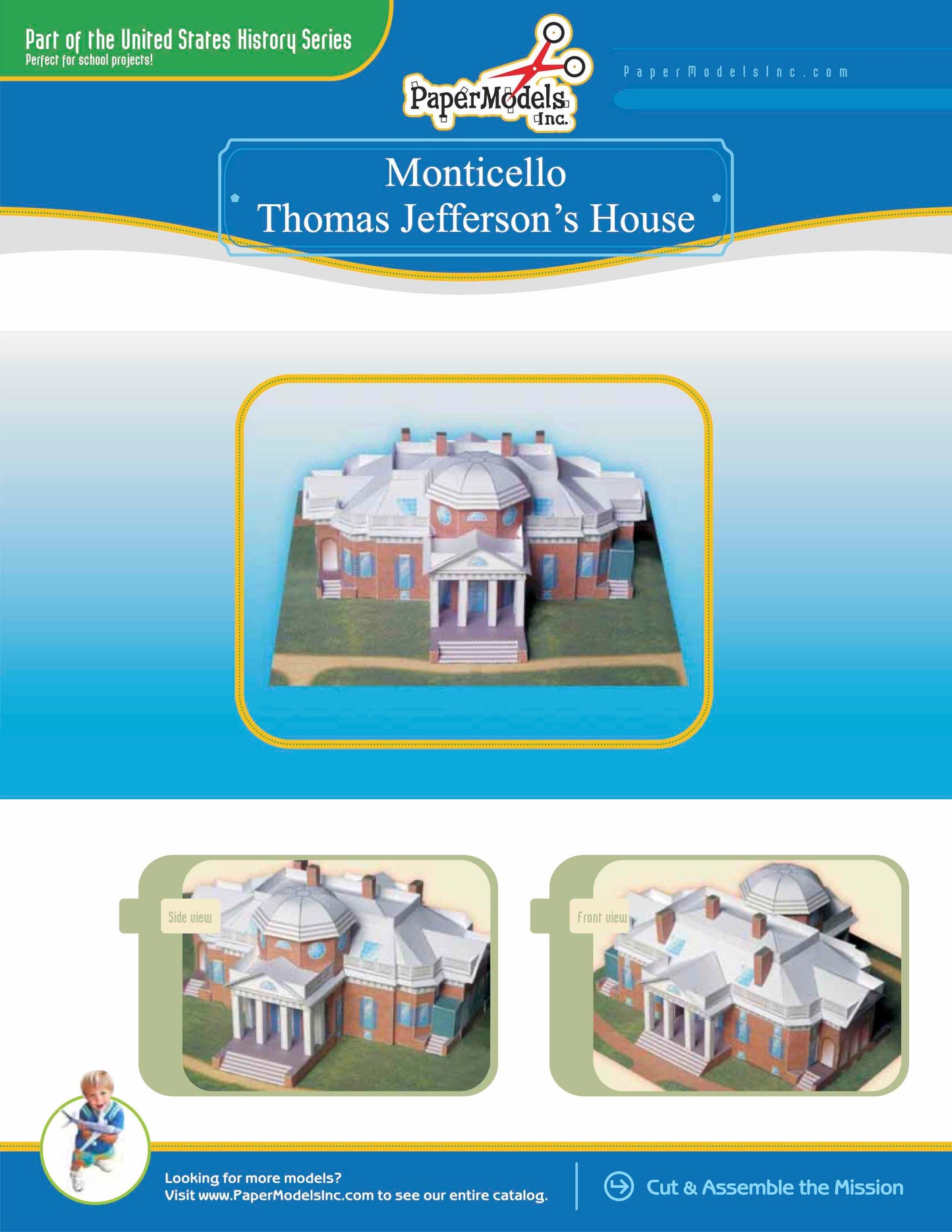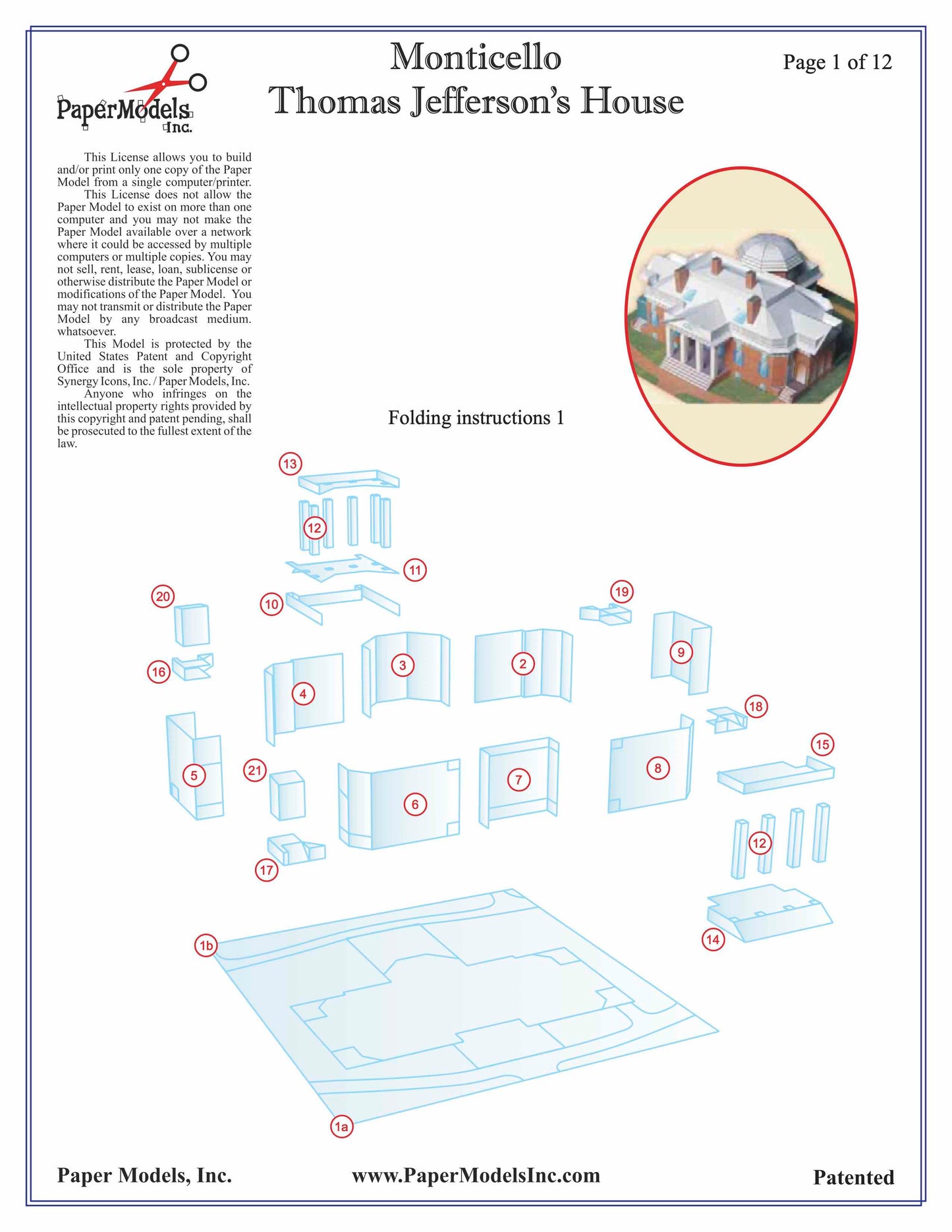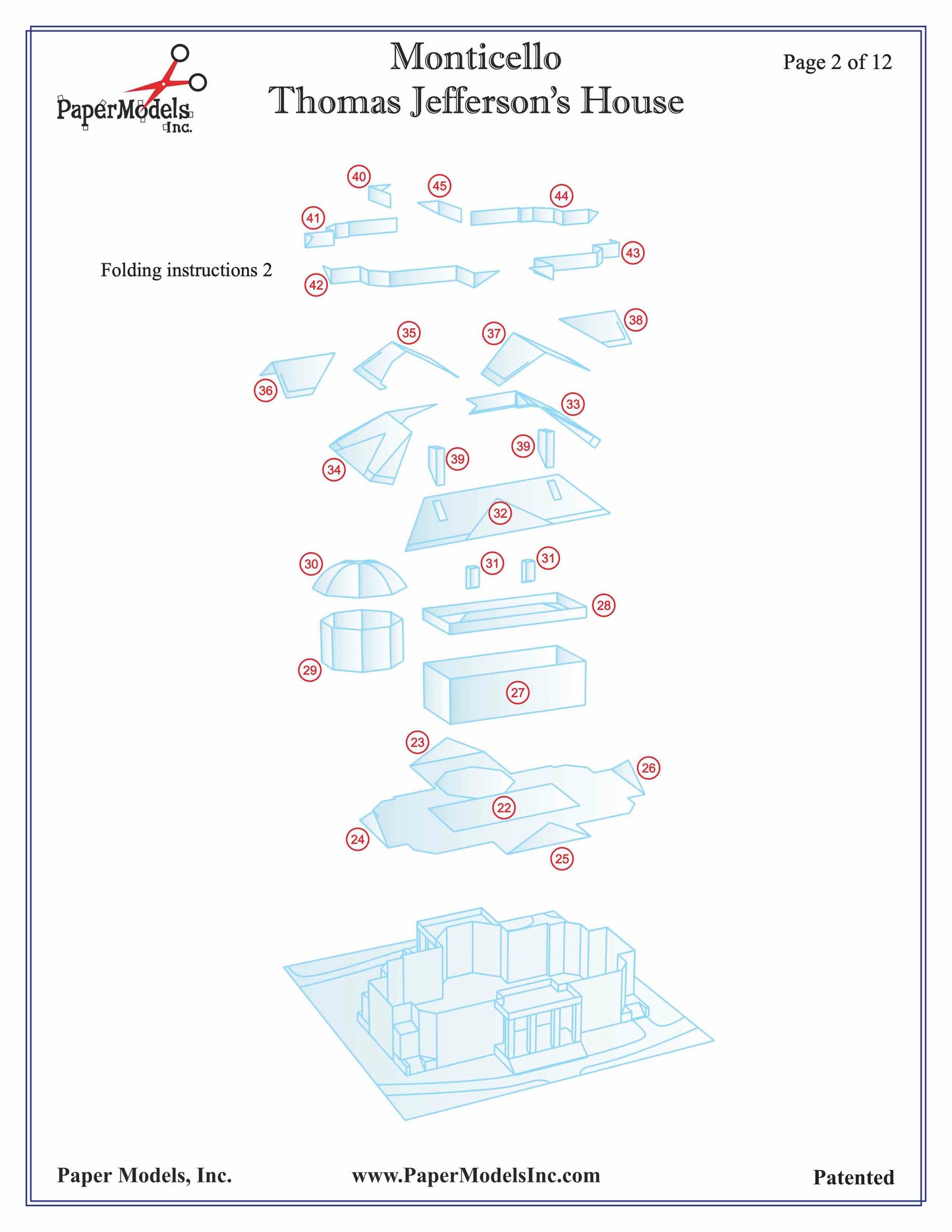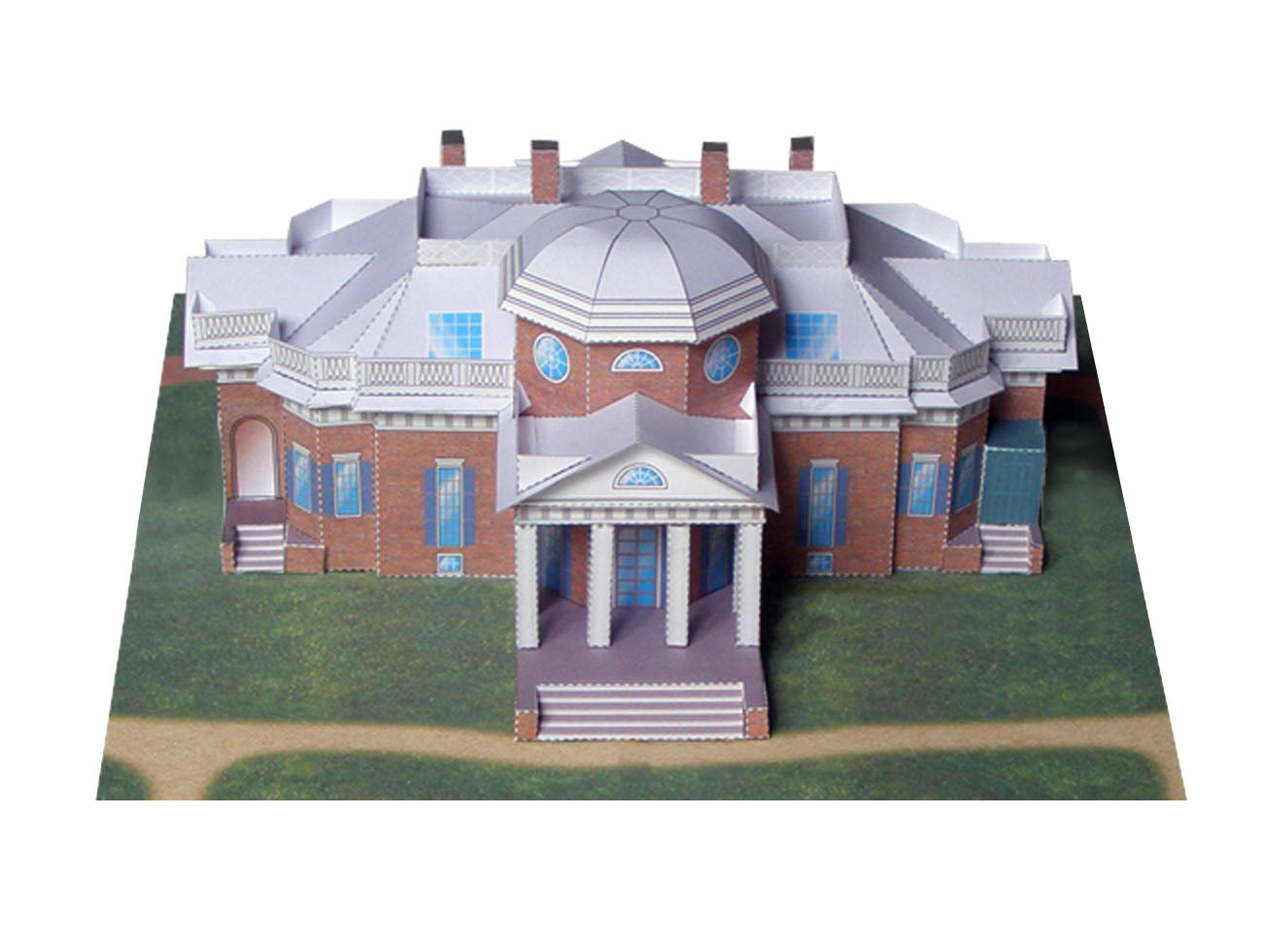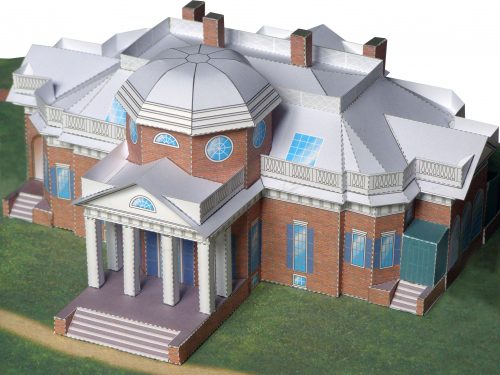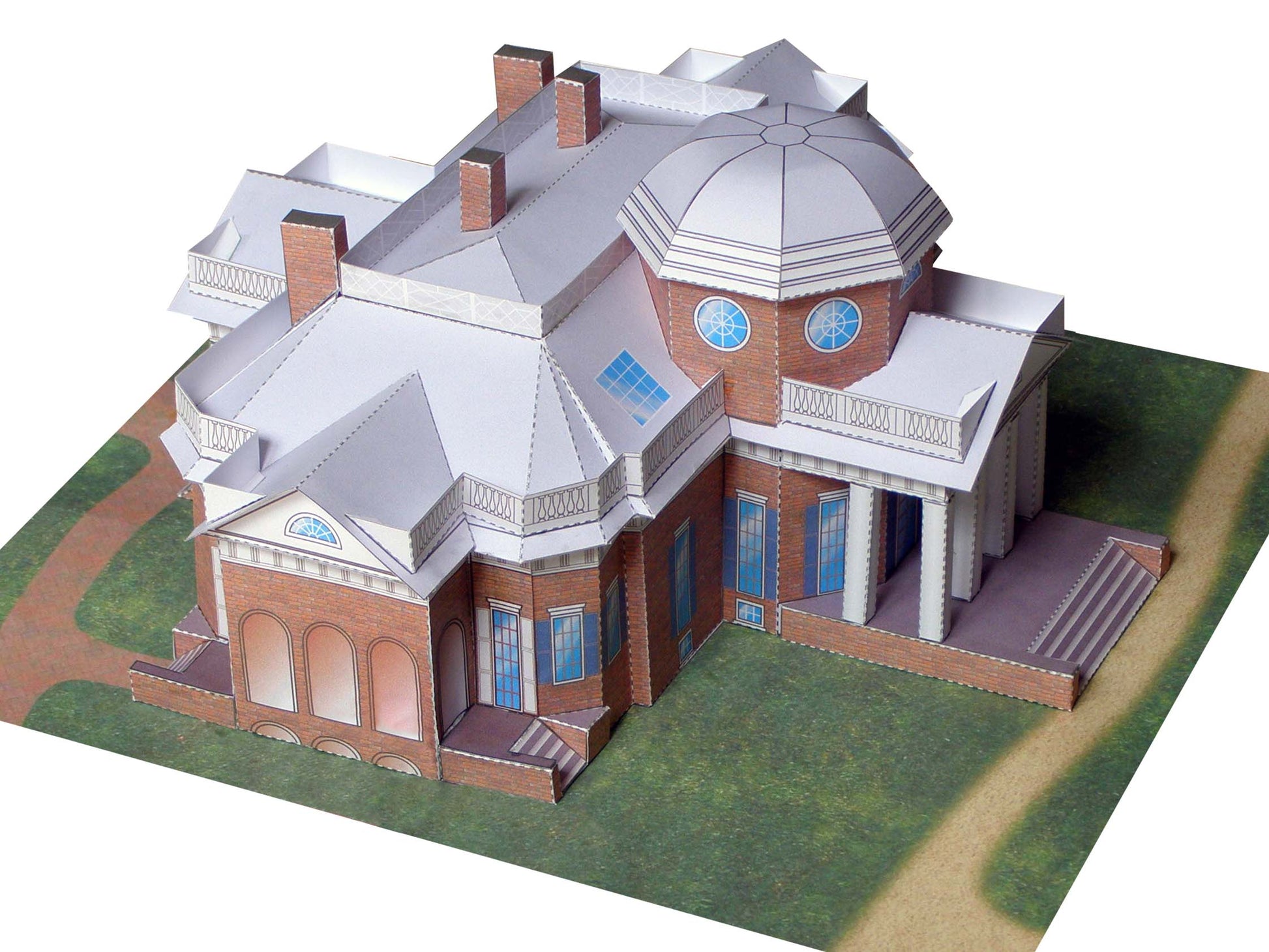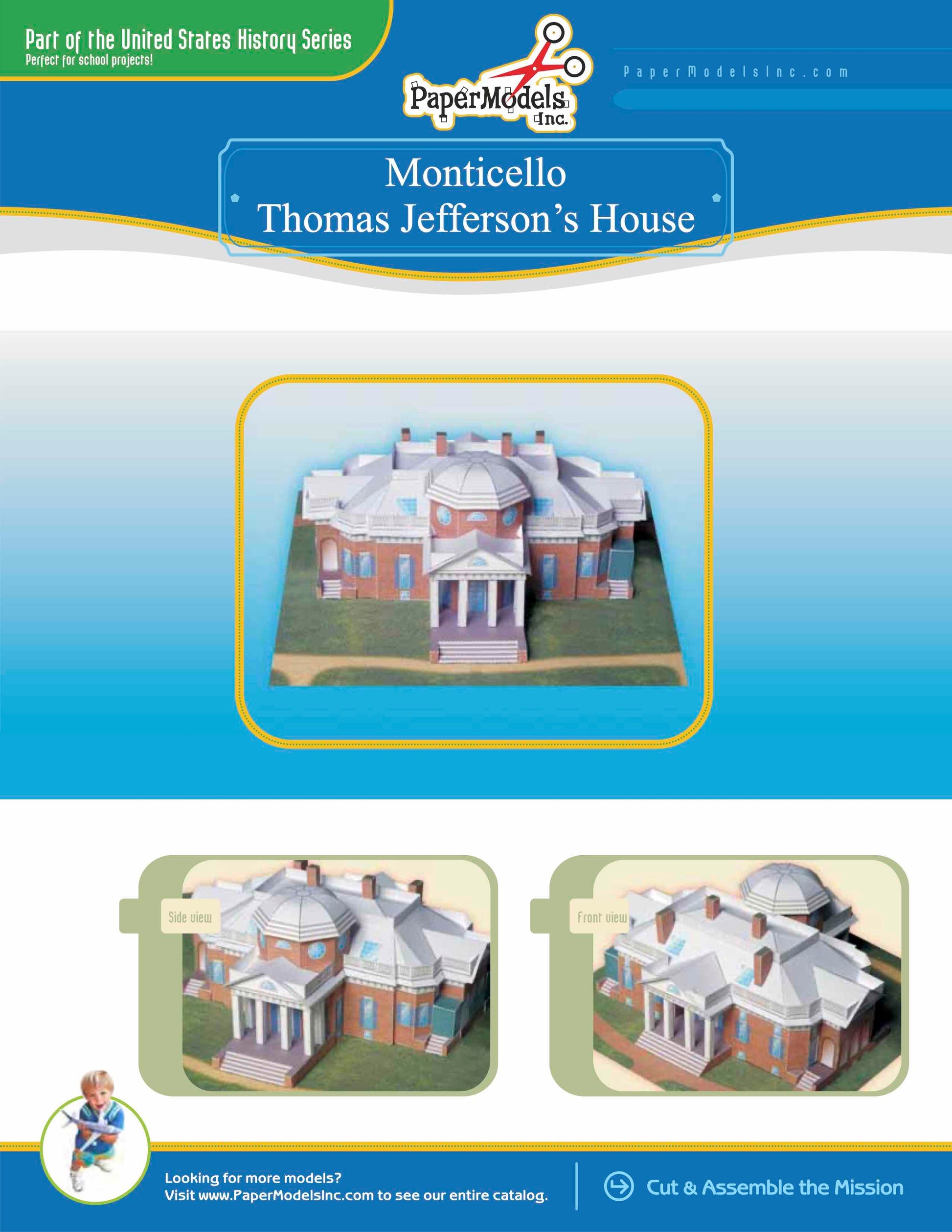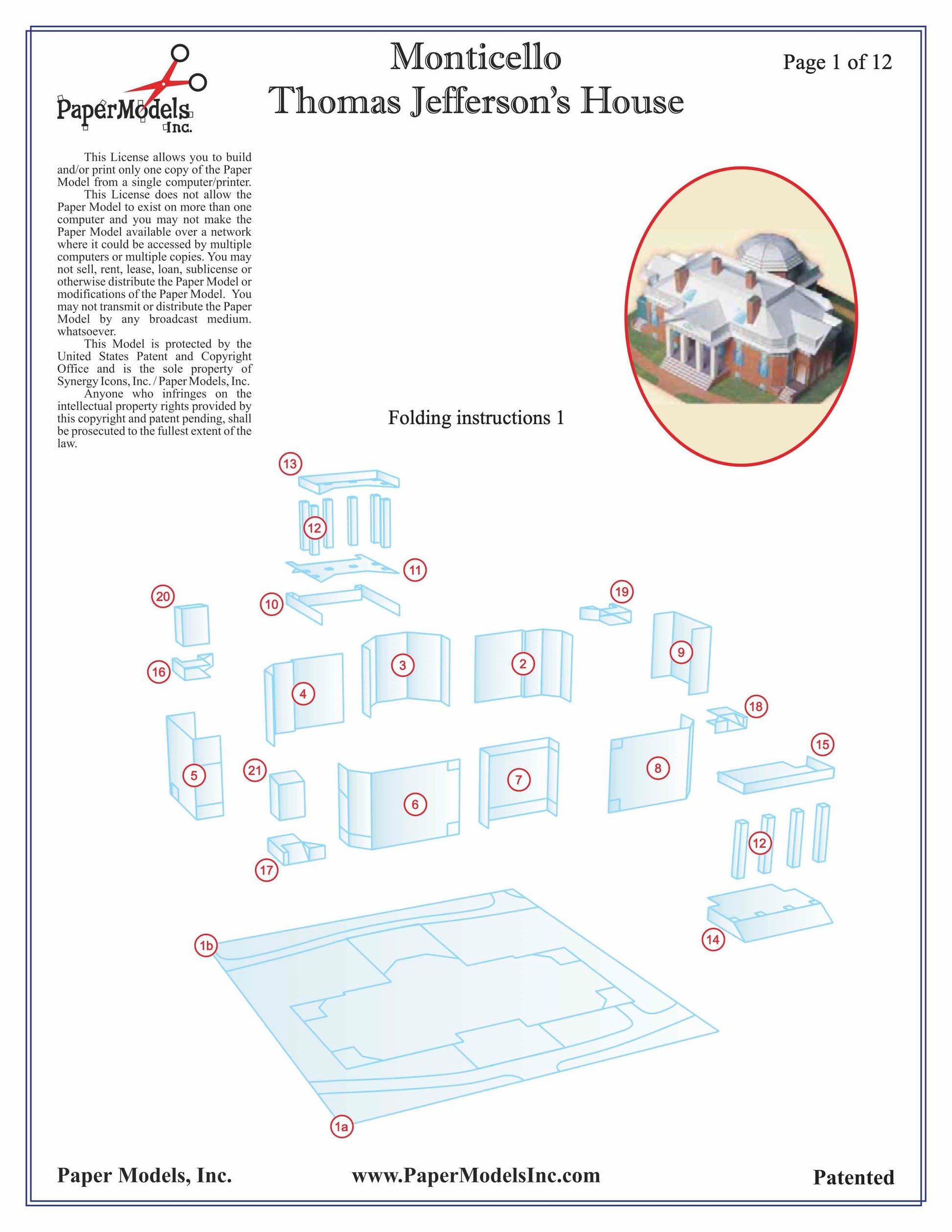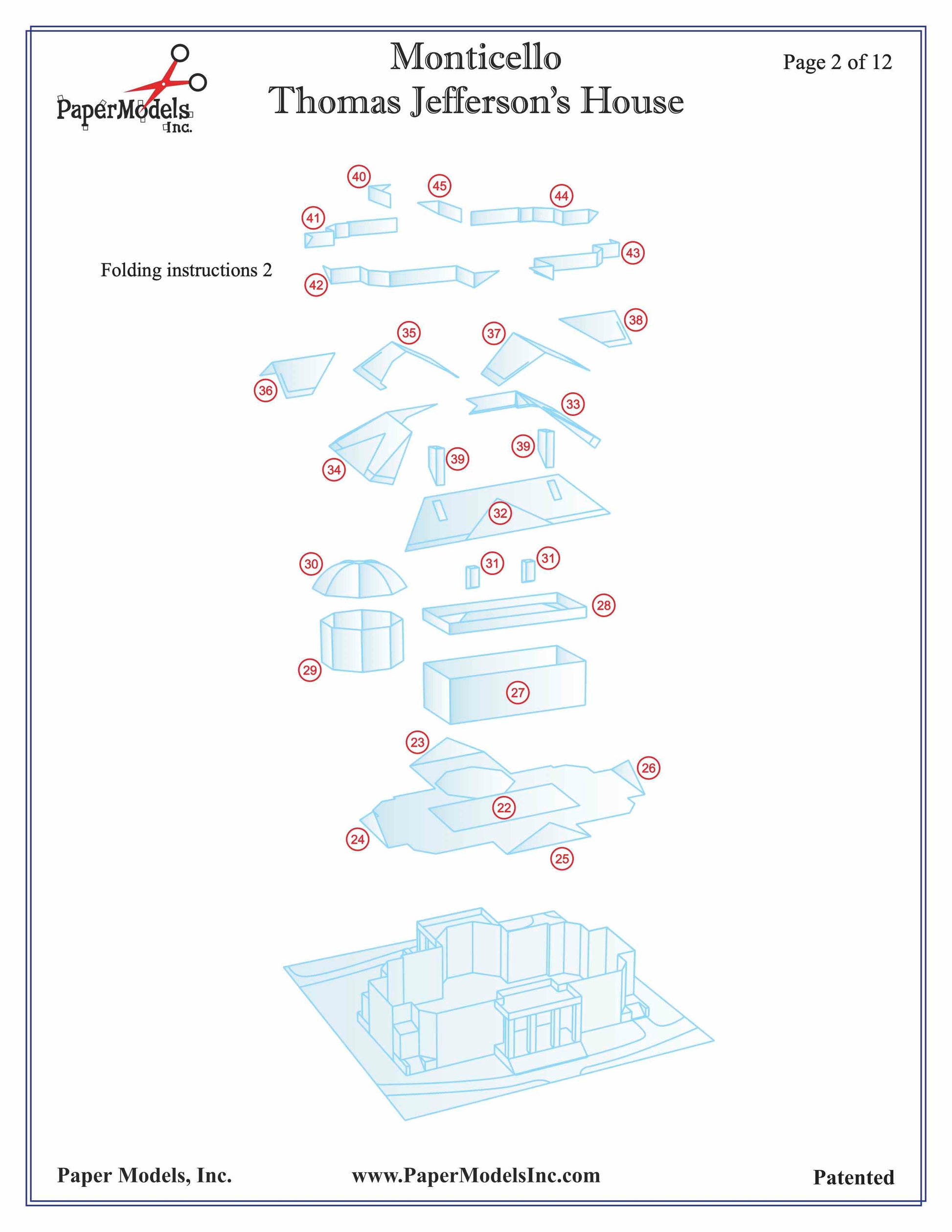Monticello - Thomas Jefferson's Home - Paper Model Project Kit
Monticello - Thomas Jefferson's Home - Paper Model Project Kit
No se pudo cargar la disponibilidad de retiro
🌟 Welcome to Paper Models Online – Your Shortcut to Academic Excellence! 🌟
Are you tired of stressing over last-minute school projects? Look no further! Paper Models Online is here to make your academic life a breeze.
🚀 Why Choose Us?
At Paper Models Online, we understand the pressure of looming deadlines and the desire for that coveted "A" grade. That's why we've crafted the perfect solution for you! Whether you're a student aiming for extra credit, a parent looking for quality time with your kids, or just someone in need of a break from the chaos, our paper models are your ticket to success!
💻 Instant PDF Download OR Pre-Printed & Shipped
You're in control! Choose from our instant PDF download, starting at just $9.95 for the 7"x10" size or $11.95 for the 10"x13" size.
Print it on your home or office printer using regular paper, or opt for the hassle-free pre-printed option. We'll ship it directly to your doorstep for a flat $5 fee via USPS First-Class Parcel, ensuring you get it in 1-3 days!
✂️ Easy Assembly, Maximum Impact
With just a pair of scissors, some glue, and an hour of your time, you can turn these paper sheets into stunning three-dimensional architectural replicas or complete science projects. The images on our website are real models made from our kits, and we even provide a history to help you craft an impressive report.
🎨 Unleash Your Creativity
Not into mission kits? No worries! Our models double as templates for your creative genius. Paint, trace, adjust sizes—your imagination is the only limit! Create a custom masterpiece that reflects your unique style and personality.
🛒 The Buying Process Made Simple
- Choose Your Size: 7"x10" or 10"x13"
- Choose Your Delivery: Instant PDF download or pre-printed and shipped
- Purchase Your Model: It's that easy!

📦 Typical Kit Sample
Each kit includes 8 to 18 pages, providing everything you need to bring the model to life. An "exploded view" guides you through assembly, and a complimentary history adds that extra touch for your report. Impress your teacher not just with creativity but also with your research skills!
Don't let deadlines stress you out. Choose Paper Models Online for your next school project, and let us be Your Best Way To Get An "A"! 🌟
 |
 |
 |
| Exploded View | Sample Pieces | Finished Model |
Free History For Your Report
Monticello
The legendary estate of Monticello is located just outside of Charlottesville, Virginia, and was the self-designed residence of the third President of The United States of America, Thomas Jefferson. Jefferson, a famous and key figure in the founding of The United States, was also the key author of The Declaration of Independence. The name befitting this magnificent structure is appropriate; “Monticello” translates from Italian into “little mountain,” with Monticello sitting atop an 850-foot peak of the Southwest Mountains. When Jefferson began designing plans for Monticello in 1768, he wanted to incorporate elements of Palladian architecture; a classic architectural style based off of the column and portico designs of Italian architect Andrea Palladio, and a style which also enjoyed a brief heyday in Britain. While the main structure was being built, Jefferson chose to reside on the mount in a temporary outbuilding known as the South Pavilion. In 1784, while he left for extensive European travel, the majority of the structure was finished, with the exception of the outer decorative elements such as the woodwork and porticos.
Monticello was later designated a World Heritage Site (along with the original structures of the Jefferson-founded University of Virginia), the only private home in the country to have such a designation. A series of intricate, scaled drawings of Monticello created by The Historic American Buildings Survey, is also on display at The Library of Congress in Washington, DC. Other structures on the property include the North and South Pavilions, functional industrial structures, a stone weaver’s residence, and Mulberry Row, a small row of slave dwellings that were used to house slaves whom worked the 5,000-acre plantation surrounding Monticello. The top of the mountain where Monticello resides is open for visiting only from May through October, and an admission is charged. In recent years, however, lockdowns on the mountain have become more frequent due to security concerns.
© Copyright – Paper Models, Inc. – All Rights Reserved
Share
